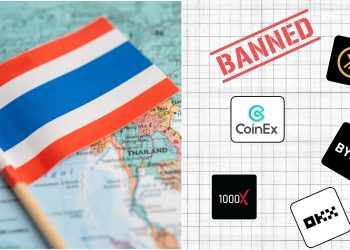Duolingo, the popular language-learning platform, has recently made headlines with its strategic shift towards becoming an “AI-first” company. This transition involves replacing certain contractor roles with artificial intelligence, sparking discussions about the broader implications for the workforce.
Contractor Reductions Amid AI Integration
In late 2023, Duolingo reduced its contractor workforce by approximately 10%, primarily affecting translators. A subsequent round of cuts in October 2024 impacted writers, with AI systems taking over tasks previously handled by these professionals. CEO Luis von Ahn emphasized that the company would “gradually stop using contractors to do work that AI can handle,” signaling a significant organizational change .
Rapid Expansion Through AI
Leveraging generative AI, Duolingo has launched 148 new language courses in under a year—a process that traditionally would have taken much longer. This expansion aims to make popular languages like Spanish, French, and Japanese more accessible to a global audience .
Financial Growth Amidst Transformation
The company’s AI-driven strategy has contributed to a positive financial outlook. Duolingo raised its 2025 revenue forecast, anticipating earnings between $987 million and $996 million, surpassing previous estimates. This growth is attributed to increased demand for its AI-powered subscription plans and the successful rollout of new courses .
Broader Implications for the Workforce
Duolingo’s move reflects a growing trend among companies to integrate AI into their operations, often at the expense of human roles. This shift raises concerns about job displacement, particularly in creative and entry-level positions. As AI continues to evolve, organizations and workers alike must navigate the challenges and opportunities presented by this technological advancement.
Stay informed with Bumbel as we continue to explore the intersection of technology, business, and the evolving workforce.









Discussion about this post